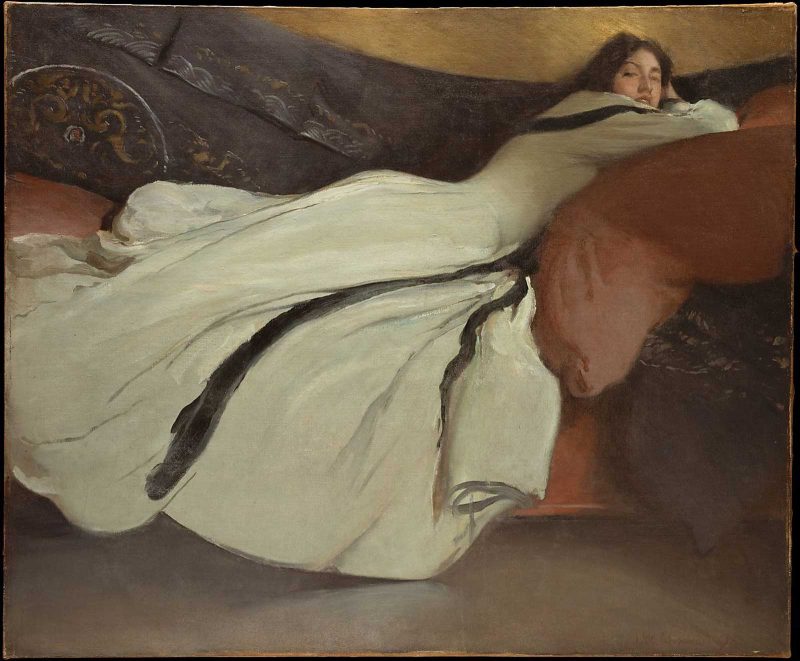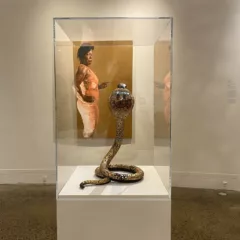
Tuberculosis has existed since pre-history and in the Nineteenth Century it became the focus of numerous novels, plays, operas and paintings and took the lives of Keats, Gericault, Chopin, and Robert Louis Stevenson, among others. It is said that the Romantics made a feminine ideal out of the characteristic look of the disease, also known as consumption: a slender, attenuated figure and pale skin with a feverish glow. Numerous paintings of women reclining on couches reflect this fashion.
For more on “Art Following Edidemics,” check out “Black Death and centuries of artists reckoning with mortality,” “Art exploited as propaganda after outbreak of bubonic plague in Jaffa in 1799,” and “Il Redentore, a post-plague church in Venice”









